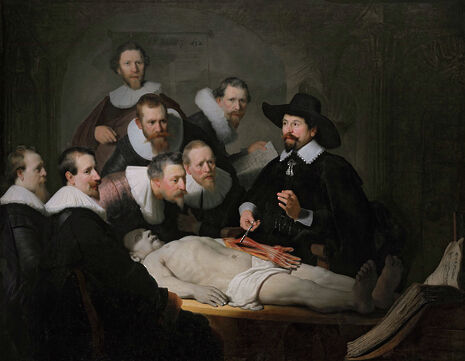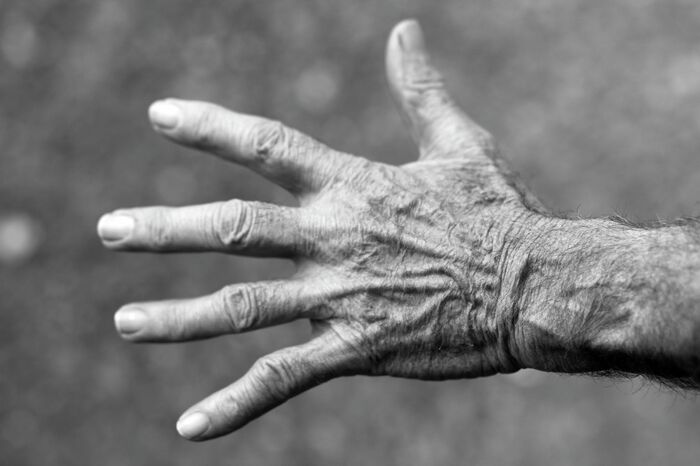Autopsy allows us to explore death and disease
Alex van der Wateren shares insights from ‘Virtual Autopsy’ at the Cambridge Science Festival

The word autopsy stems from the Greek αὐτοψία (autopsia), meaning ‘to see for oneself’. Also known as a post-mortem or necropsy, autopsy historically constituted the study of anatomy because books on the subject were unavailable. Over the years, this changed and post-mortems began to be carried out to determine the cause of death and to study disease. In the 20th century it was discovered that microscopic changes take place in disease, and thus microscopic examination became part of post-mortems.
Why are autopsies performed?
Autopsies are performed to determine the cause of death and whether it was natural. This mortality data is useful for health-promotion and disease-prevention purposes and helps the government determine where it should spend money. Furthermore, information gleaned from autopsies can often have a tremendous impact on living relatives, such as in cases of heritable abnormalities to the heart.
There are three types of autopsies. The one performed by a coroner aims to determine the identity of the deceased and the cause of death – it is not very in-depth. A hospital autopsy is more thorough and is performed upon request of the family or medical professionals. It allows for more tissue samples to be collected and can take up to two hours. Finally, a forensic autopsy is performed in the case of suspicious circumstances surrounding a death and is by far the most comprehensive: it can take up to 12 hours. The forensic autopsy is probably the type most people have in mind when they hear the word, because we’ve all seen CSI at least once!
What happens during an autopsy?
An autopsy involves many steps. First, an external examination of the body takes place. The pathologist and technicians search for signs of violence or trauma and identify anything suspicious. They take note of some of the immediate changes to the body following death, such as cooling, rigidity, and hypostasis (red/purple discolouration of the skin due to the red blood cells sinking to the lowest points of the body).
The body is then opened via a Y-shaped incision for the internal examination to take place; the ribs are cut to permit access to the chest organs. All organs are removed and weighed, providing details about the deceased’s health prior to their death. An enlarged liver, for instance, can indicate a host of different conditions including cancer, infections, or alcoholism.

Sometimes the cause of death is obvious, such as in the case of a ruptured aorta, blood in the sack that surrounds the heart, or when a blockage of an artery in the lungs is found. Additional tests can be performed in less clear-cut situations, including toxicological tests to discover whether a patient was under the influence of drugs, alcohol, or other chemicals.
Histological testing, for which tissues are examined at the microscopic level, can provide a wealth of information too. In this technique, small pieces of tissues and organs are fixed in a formaldehyde solution, then embedded in tiny blocks of wax so they may be cut into extremely thin slices. These slices are then mounted onto glass microscopy slides and stained. This makes cells and their components visible so that a pathologist can inspect the tissue.
The future of autopsies
A traditional autopsy is very invasive, and so relatives of the deceased may sometimes not agree to the procedure being performed. In these instances, an MRI or CT scan can potentially offer insights into the cause of death. In addition to these imaging methods, bits of tissue can be taken from the deceased through keyhole surgery in what is referred to as a minimally-invasive autopsy. This technique causes very little damage to the body and can thus present a preferable alternative to bereaved family and friends.
From anatomy to death and disease, autopsies have provided valuable knowledge throughout the ages. Through death we learn more about how the body works, which is key for the development of new drugs and therapies. In this way, loss and suffering can generate positive outcomes.
 Features / How sweet is the en-suite deal?13 January 2026
Features / How sweet is the en-suite deal?13 January 2026 Comment / Will the town and gown divide ever truly be resolved?12 January 2026
Comment / Will the town and gown divide ever truly be resolved?12 January 2026 News / 20 vet organisations sign letter backing Cam vet course13 January 2026
News / 20 vet organisations sign letter backing Cam vet course13 January 2026 Arts / Fact-checking R.F. Kuang’s Katabasis13 January 2026
Arts / Fact-checking R.F. Kuang’s Katabasis13 January 2026 Music / Inside Radiohead’s circle13 January 2026
Music / Inside Radiohead’s circle13 January 2026









